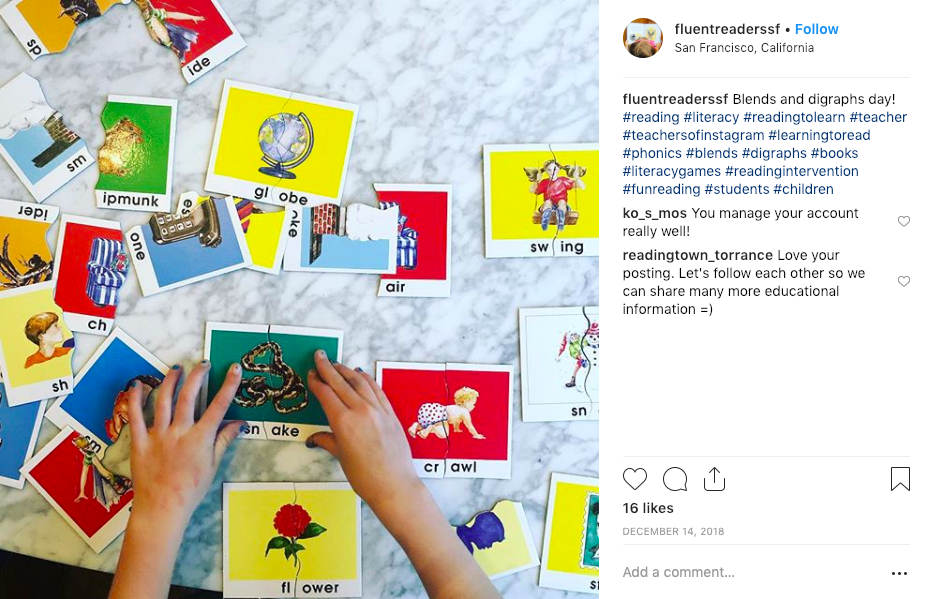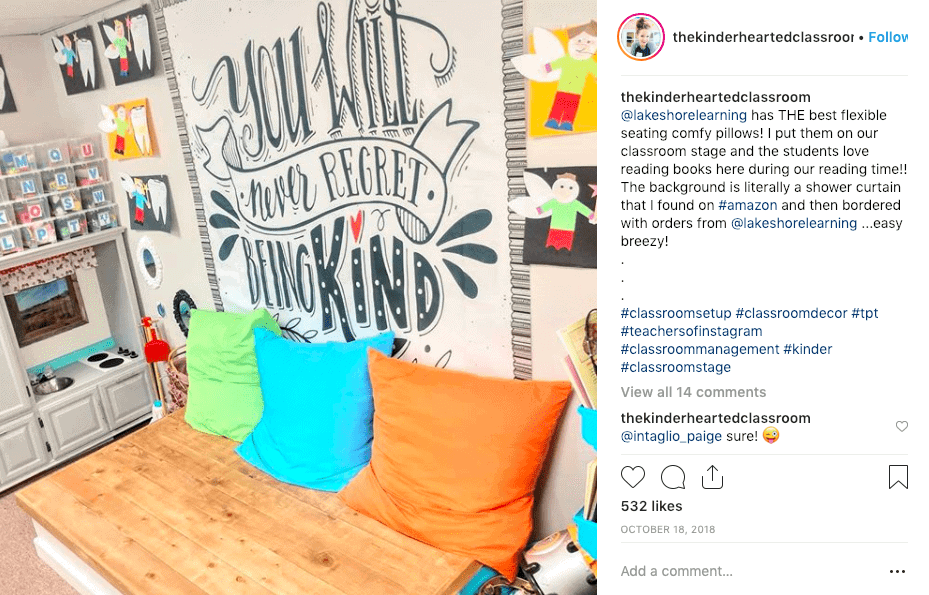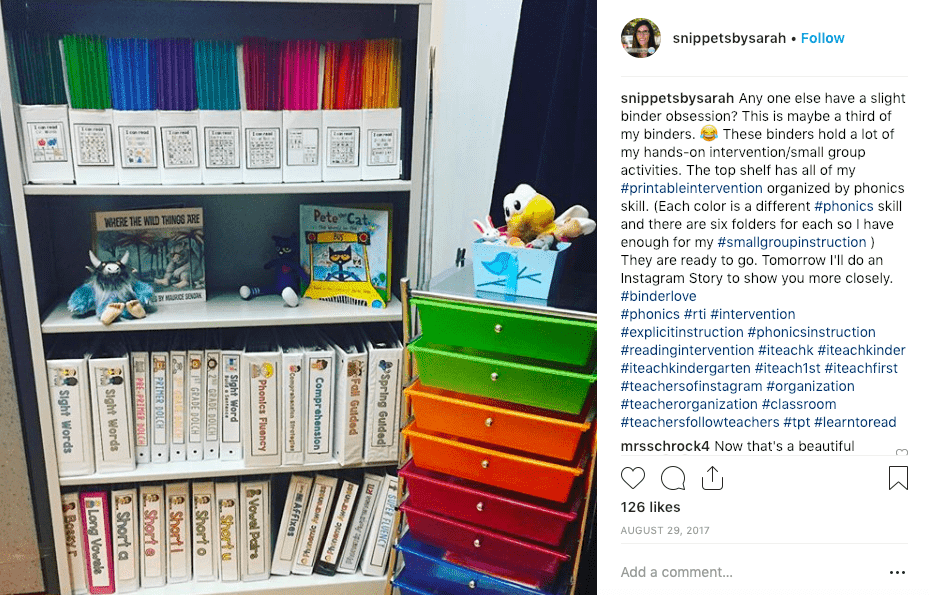Share this
Creating a Literacy-Rich Environment
by Team BookNook on Jan 10, 2019 3:49:42 PM
Creating a Literacy-Rich Environment, By Samantha Burke
Facebook Twitter Instagram Linkedin

About the author: Samantha Burke is a credentialed reading specialist that has worked with children in the San Francisco Bay Area for ten years. She enjoys creating innovative learning opportunities for students and resources for their parents through her tutoring company, Valley of the Moon Learning.
Literacy-rich environments provide opportunities for students to interact with print and literacy tools in a meaningful way. By creating a supportive environment that is literacy-rich, students have more opportunities to practice literacy skills including: phonemic awareness, phonics, fluency, vocabulary, comprehension, listening and speaking in authentic ways. The way a classroom is set up, the materials that are accessible and the way interaction with materials is modeled will influence how students engage with literacy in it. Here are some simple things you can do to help promote a literacy-rich environment for your students. Happy Reading!
Have different types of age-appropriate reading materials available:
You never know what students might really take a liking to. Try incorporating a variety of books, magazines, newspapers, comic books and menus into your projects, games, play areas or classroom library.

Play games that promote reading:
Bananagrams, Spot It, Sequence Letters, Boggle, Hedbanz, Story Cubes, Sight Word Bingo, Tall Tales: The Game of Infinite Storytelling, and Reading Rockets has a list of games you can make yourself here.

Create cozy places to read:
Comfortable places to sit or lay with good lighting. You can add pillows, stuffed animals and even small lamps in your classroom to make it extra cozy.

Switch books out seasonally:
By changing up book options, children will be more interested in looking through books. They will like seeing what’s new, what’s the same and what’s gone. The library and sites like Thriftbooks are great resources to help spice up your classroom library.

Incorporate reading opportunities into your classroom environment:
Label things around your classroom and school – better yet, have students help you do the labeling. For younger students you can add words and symbols to blocks, label items in dramatic play area, as well as add notepads or dry-erase boards to play area.

Introduce students to as much vocabulary as you can and give them opportunities to use their vocabulary:
Talk to them about experiences, ask them about their opinions, model using language that will help them better communicate with others.

Look for reading opportunities wherever you are with your students:
Walking around school, sitting in the library, on a field trip, waiting outside for dismissal, waiting in the lunch line.
I hope you find these tips helpful in creating a literacy-rich environment in your classroom. If you have any additional ideas please feel free to share in the comment area below!
Get a demo
Share this
- April 2024 (3)
- March 2024 (5)
- February 2024 (3)
- January 2024 (5)
- December 2023 (3)
- November 2023 (5)
- October 2023 (5)
- September 2023 (5)
- August 2023 (4)
- July 2023 (5)
- June 2023 (8)
- May 2023 (3)
- April 2023 (3)
- March 2023 (4)
- February 2023 (1)
- January 2023 (1)
- November 2022 (1)
- October 2022 (1)
- September 2022 (1)
- August 2022 (1)
- June 2022 (1)
- April 2021 (1)
- March 2021 (1)
- October 2020 (1)
- December 2019 (1)
- November 2019 (1)
- October 2019 (1)
- September 2019 (2)
- July 2019 (1)
- January 2019 (1)
- December 2018 (1)
- October 2018 (1)
- August 2018 (1)
- May 2018 (2)
- April 2018 (1)
- March 2018 (2)
- February 2018 (2)